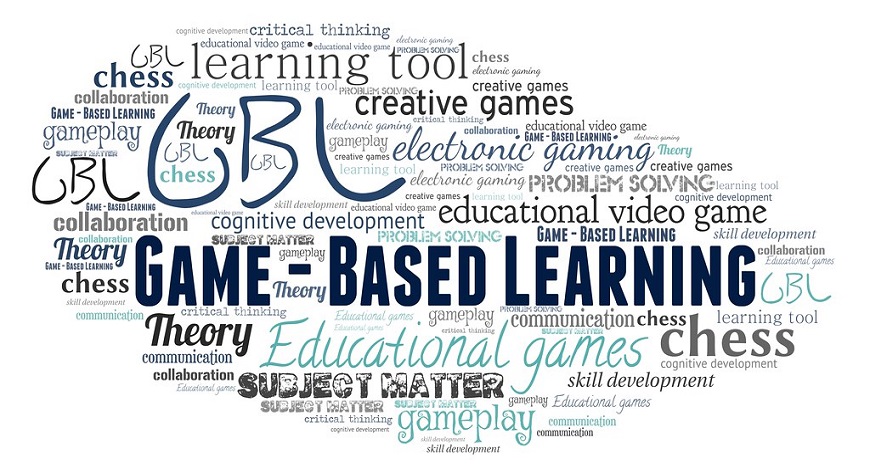
Games can now aid in learning various subjects and concepts. According to recent studies, game-based learning is especially effective in cognitive and affective aspects.
If done right, this teaching technique enriches the classroom experience and boosts learning outcomes. So, here we compiled seven tips on e-learning software development.
We think that this could help people understand game-based learning better. We will also show you some tips on optimizing games for a better learning experience in general education and classes.
Table of Contents
Learning Content
You must have a clear vision of your learning content. And make sure that your game teaches this concept.
According to experts, a good game needs to be experiential. An experiential game is when players make choices and see the resulting outcomes.
When a game mimics real-world circumstances, it can create habits for players and may improve their perspective and understanding in life.
Depending on the curriculum or topic, puzzles, board games, simulations, or role-playing games may be more suitable than the other.
You can play a game using tangible objects and physical activity, but educational games and applications can be more suitable in modern times. It is especially relevant in classrooms that have computer and internet access and students who enjoy modern applications.
Clear Game Introduction
A game should have clear rules and dynamics. You can do this by having texts, interesting character event introductions, or transitions. Clear and understandable delivery of instructions helps everyone to enjoy the game better.
Some games have cryptic instructions intentionally, but still, games should have control instructions and display. Letting the students explore on their own can also be a great learning experience. But you must also be mindful of students who have less gaming experience and provide hints and clues along the way.
Game introductions can set the learner’s expectations and will allow students to learn with purpose. Notes, clues, and instructions prevent quitting and stress when playing.
Suitable for Age Group
Good educational games incorporate proven teaching strategies as well. Check the use of text and graphics.
For example, younger learners would like a more flashy and colorful design while the older students would like a more sophisticated one.
Very young audiences may also want a more direct approach with some repetitive content and questions with yes or no answers. Older people, on the other hand, like more explorative dynamics and challenging questions with feedback.
Make sure that a game is suitable for the intended age group. Content material and its delivery can impact the learners’ interest, motivation, and even the learning curve.
Solo and Group Activities
Just like classroom activities, there must be diversity in game-based learning. There should be an avenue for individual tasks and group collaboration.
Varying game modes reflect the nature of work and activities in real life. Consider this aspect for a more balanced and rounded learning experience.
Notice that some games are for individual play. For example, students play at their own pace in most quizzes, puzzles, and creation games. Some games allow students to socialize and form teams.
Competitive games like the ‘Kahoot’ let teams play against each other. Other games let students play in a more friendly way, solving and completing tasks together.
Increasing Difficulty
A learning platform should have different levels of difficulty to prevent boredom. Increasing the difficulty level would also allow students to learn on a consistent and guided path.
This setup poses a challenge and creates motivation for students to solve more problems. It enhances the growth mindset and creates more learning opportunities for students.
A challenging game also opens a window for more sociable acts. In this way, students tend to consult each other more and learn to discuss problems.
Achievement Rewards
Achievement badges and rewards are great tools to motivate players in a game. Reward players who reach objectives and milestones.
Experiential games are a better strategy, but it is not wrong to incorporate a reward system in your games. For example, younger students can get more motivated to learn with some awards while older students understand the growth and importance of skills and knowledge.
So, incorporate a reward system moderately. It is still best to have an engaging and educational game focused on learning rather than on badges or rewards.
Reliable Management
Game-based learning also needs some classroom or personal management. You need to track student’s progress and have insights into their strengths and weaknesses.
One must make sure that the student learns skills and knowledge throughout the game. With that said, assessments are crucial in game-based learning. You can do this through built-in game interactions, a social system, and teacher feedback.
Conclusion
With the collaborative efforts of teachers, game developers, and the students, education through game-based learning is possible. We hope these seven tips help you understand this learning process and the possibilities and value in the different fields of study.





More Stories
Creating a Winning Oil Trading Mindset
Best offline games that you can download to play
How To Get Started With Anime Collectibles